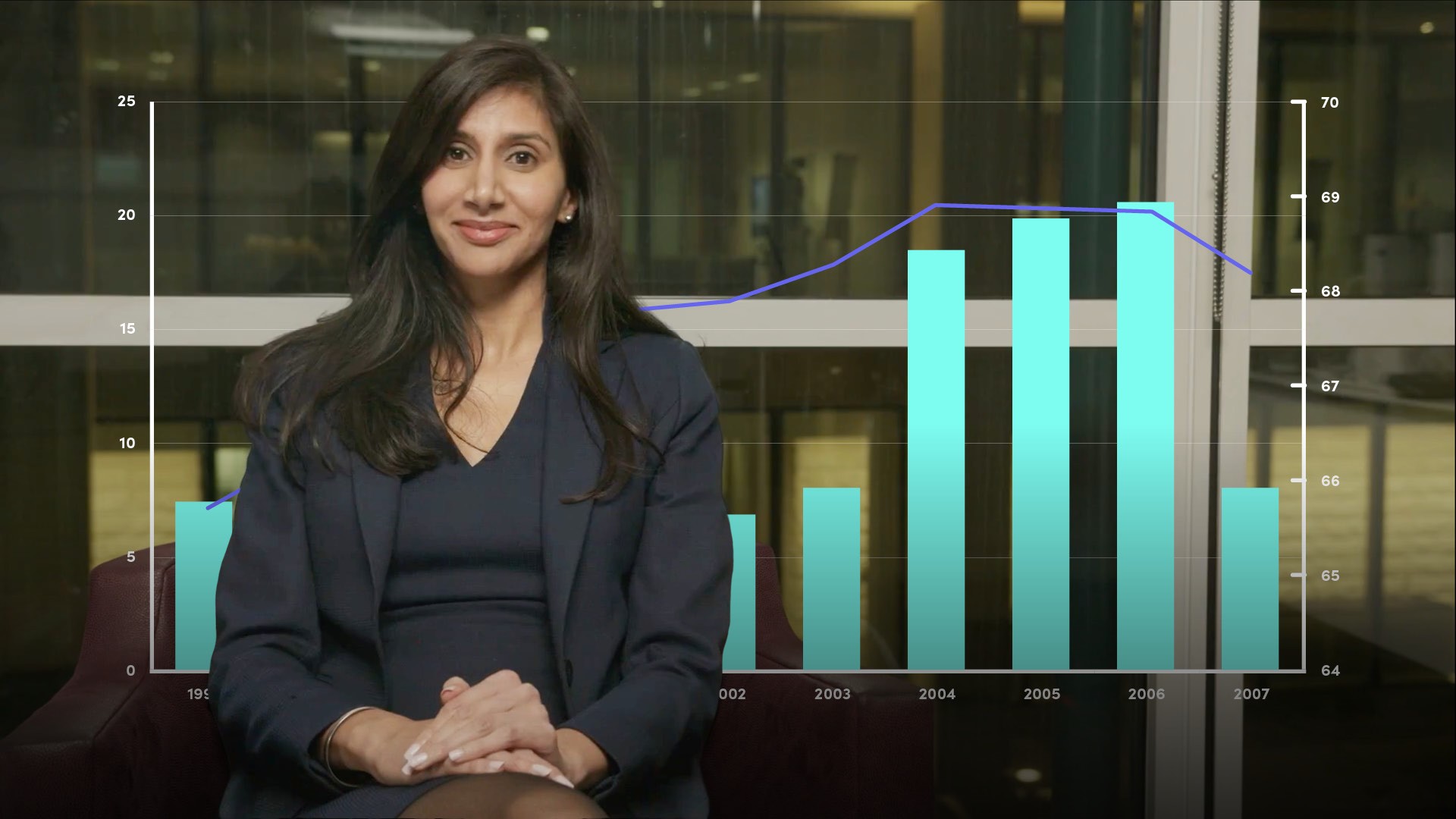
Basel II
Basel II set out in 2004 three broad areas or ‘pillars’ of risk supervision and control: Pillar 1 – sector-wide capital standards (i.e. the 8% of Basel I) set by regulators. Pillar 2 – supervisory review: supervisors reviewed banks’ Pillar 1 calculations and adjusted as they deemed necessary. Pillar 3 – higher levels of transparency and disclosure to create market discipline to supplement the work of supervisors under Pillar 2. Basel II defined ‘operational risk’ (“the risk of loss resulting from inadequate or failed internal processes, people and systems or from external events”), and distinguished this from the riskiness of an asset measured by simple weightings. Basel II introduced the idea of the riskiness of assets and how much a bank might lose if assets went bad. Banks were given a choice in how to calculate their risk-weighted assets: the ‘Standardised Approach’ – probability of default and loss given default set by regulators using standard metrics; the Foundation Internal Risk-Based Approach – banks use their own data to track PD but regulators provide standardised LGD metrics; or the ‘Advanced Internal Risk-Based Approach’ – banks use their own data for PD and LGD.




























